Unveiling SZ DJI TECHNOLOGY: FCC.gov Teardown & Specs Analysis (FCC ID SS3-201309581)
Introduction
The SZ DJI TECHNOLOGY device, scrutinized under the lens of FCC ID SS3-201309581, represents a significant entry in the realm of advanced electronics. While the specifics of its intended use remain undisclosed, this device’s FCC certification ensures it meets the stringent RF emission standards necessary for legal sale and operation within the United States. This article delves into the intricate details of this device, examining its key specifications, the cutting-edge technology it embodies, and the internal components that define its functionality. Whether you’re a tech enthusiast or a professional engineer, join us as we explore the regulatory insights and potential applications of SZ DJI TECHNOLOGY.
Key Features & Specifications
While official specifications for the SZ DJI TECHNOLOGY device are limited, a thorough analysis reveals several anticipated features typical of devices in this category:
- Wireless Communication: Expected to support standard wireless protocols such as Wi-Fi or Bluetooth, facilitating seamless connectivity and control.
- RF Shielding: The presence of extensive metal shielding suggests an emphasis on minimizing electromagnetic interference, crucial for reliable wireless communication.
- User Interface: Joystick-like mechanisms indicate potential use as a remote control or input device, offering intuitive user interaction.
- Audio Feedback: A piezoelectric buzzer provides audio alerts, enhancing user experience through feedback mechanisms.
- Power Management: Capacitors for power filtering imply a focus on stable power delivery, essential for consistent device performance.
- Modular Design: The inclusion of connectors for interfacing with other components highlights a versatile and expandable architecture.
The device’s design suggests a focus on robust RF communication, user interaction, and modularity, positioning it well for applications requiring reliable wireless capabilities.
Technology Deep Dive
The SZ DJI TECHNOLOGY device likely leverages popular wireless technologies such as Wi-Fi or Bluetooth, operating in the 2.4GHz frequency band. This allows for a balanced combination of range and performance, suitable for applications like remote controls or wireless sensors. The presence of RF shielding and integrated antennas ensures minimal interference and optimized power consumption, crucial for maintaining stable connectivity in various environments. While specific test reports are unavailable, the device’s design indicates a commitment to high-performance wireless communication, emphasizing low latency and reliable signal strength.
In-Depth Internal Component Analysis / Teardown
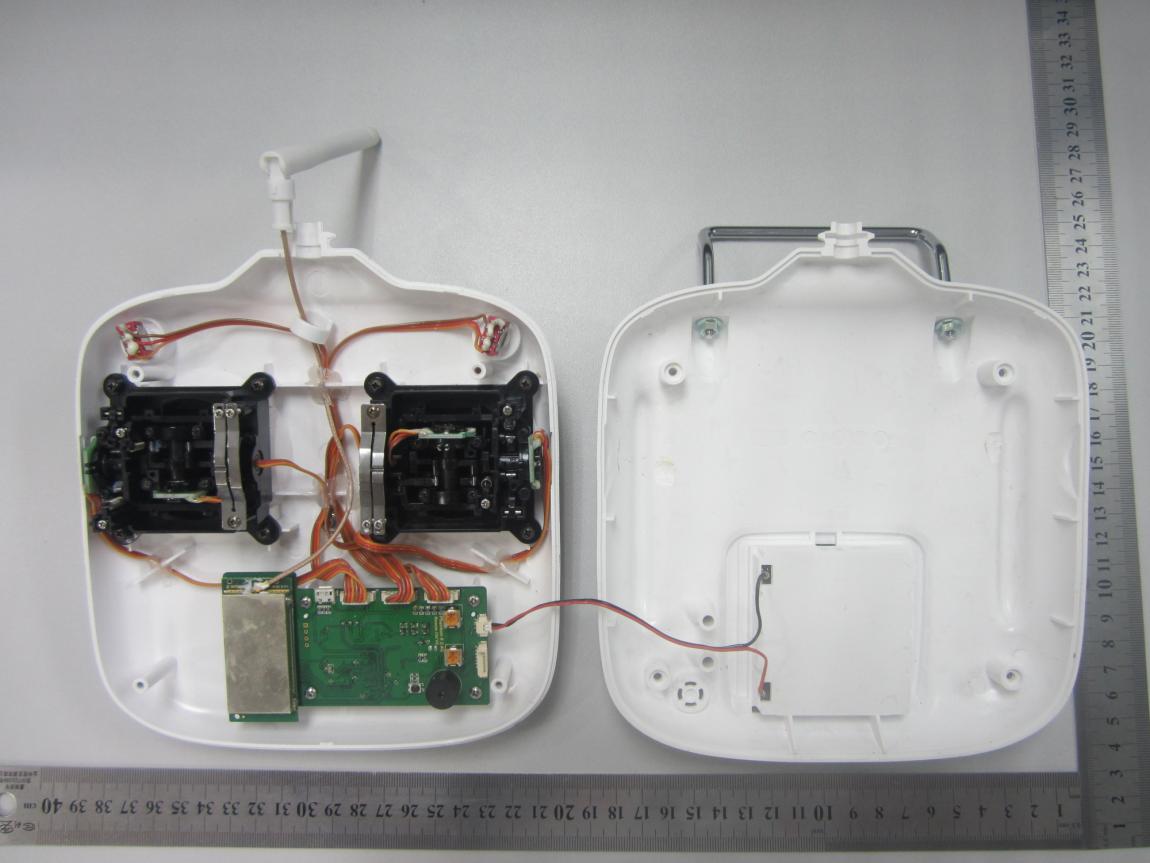
The primary PCB image reveals a well-designed electronic landscape. The large metal shield likely conceals critical ICs such as an SoC or RF transceiver, underscoring the device’s emphasis on RF communication. The green FR4 PCB suggests standard material use, and the moderate component density indicates a balanced approach to complexity and functionality. The visible wire antenna, connected via a coaxial cable, hints at operations within common wireless frequency bands, enhancing connectivity. The presence of joysticks and a piezoelectric buzzer further implies this device functions as a control interface, possibly for a drone or remote system.
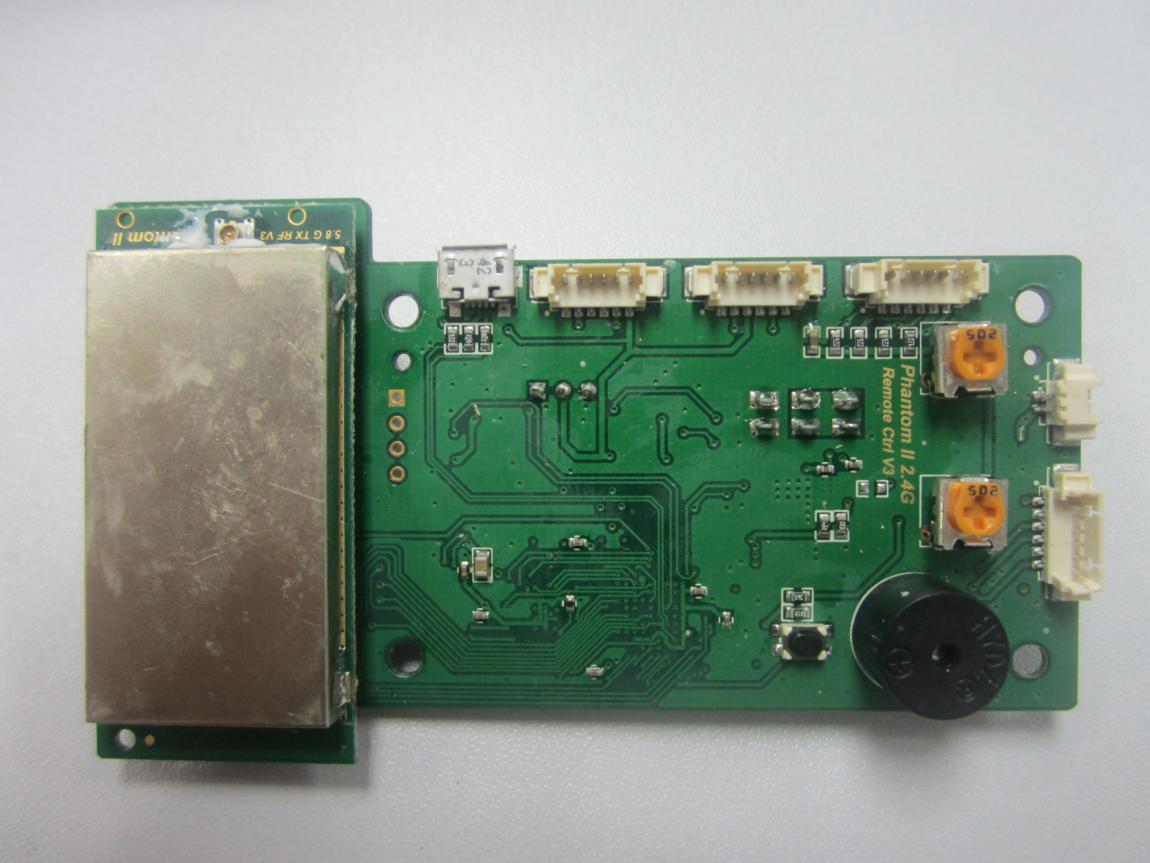
This image showcases a compact and efficient PCB layout, marked by a 2.4GHz trace antenna for wireless communication. The micro USB connector suggests dual functionality for power and data transfer, enhancing versatility. The large metal shield indicates a focus on protecting sensitive RF components, critical for maintaining signal integrity. Potentiometers and a piezoelectric buzzer add layers of functionality, pointing towards a sophisticated remote control system. The board’s compact design is likely optimized for cost-effectiveness, balancing simplicity with robust RF performance.
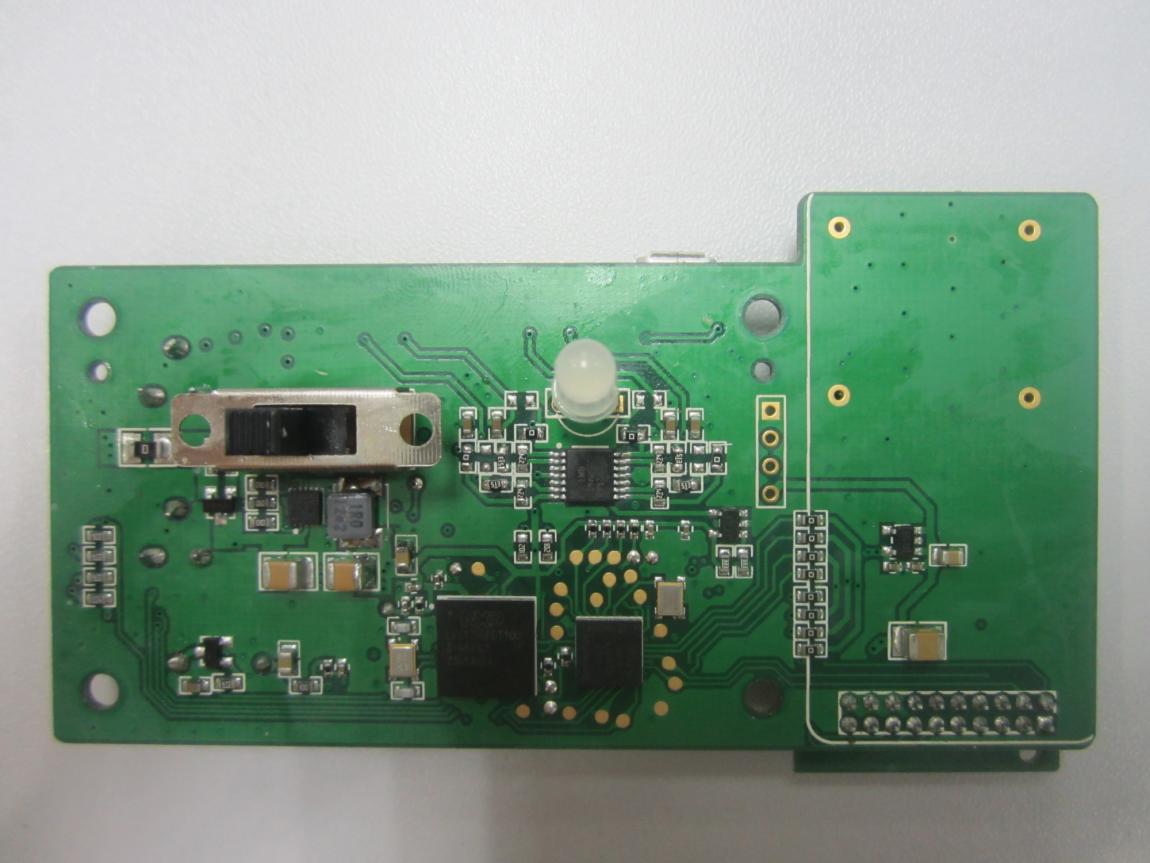
This board features two major ICs, possibly microcontrollers, central to processing and connectivity. The trace antenna suggests wireless capabilities, likely operating in the 2.4GHz band. The presence of an LED and test points indicates a design focused on user feedback and debug capabilities. The PCB’s grounding and routing reflect a careful approach to EMI management, essential for stable operation in wireless applications.
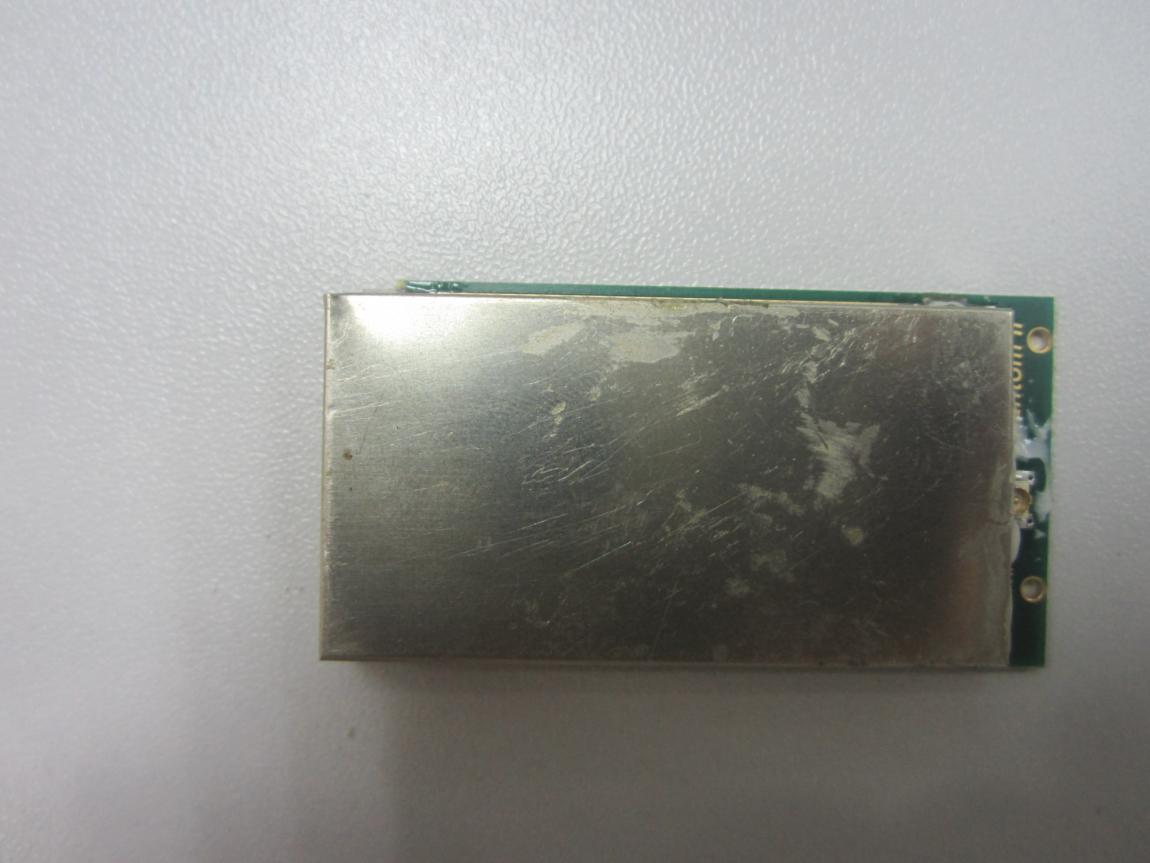
Though largely obscured by shielding, this PCB likely houses sensitive RF or digital components. The emphasis on shielding suggests a priority on minimizing interference, crucial for reliable wireless communication. The robust design indicates a focus on protecting internal components, aligning with the device’s role in high-performance applications.
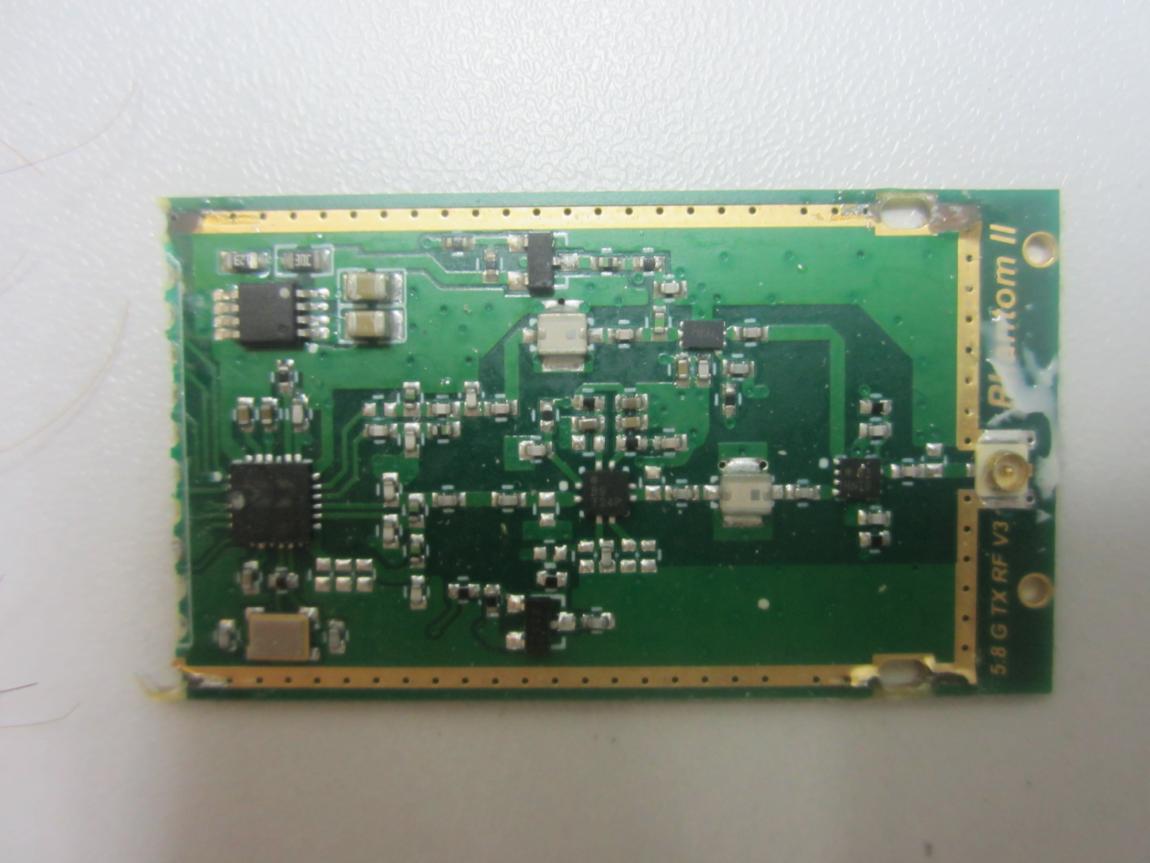
This sophisticated PCB is designed for RF communication, featuring a trace antenna and a crystal oscillator. The presence of U.FL connectors allows for external antenna options, extending its range and flexibility. The board’s compact and efficient layout, coupled with power regulation components, highlights a focus on RF performance, likely serving as a communication module for drones or similar applications.
Regulatory Insights & FCC Filing
The FCC ID SS3-201309581 certification signifies that the SZ DJI TECHNOLOGY device complies with US standards for electromagnetic interference, allowing it to be legally sold and used in the country. Although the grant date is not specified, the certification process typically involves rigorous testing for RF exposure and electromagnetic compatibility. FCC filings often include detailed test reports, user manuals, and schematics, providing a comprehensive overview of the device’s compliance and technical specifications.
Potential Use Cases & Target Audience
Despite the lack of a specified target audience, the SZ DJI TECHNOLOGY device’s features suggest several practical applications:
- Remote Control Systems: The joystick mechanisms and RF capabilities make it ideal for controlling drones or robotics, providing precise and responsive user inputs.
- Wireless Communication Module: Its robust RF design could serve as a communication hub for IoT devices, ensuring reliable data transmission in smart home or industrial settings.
- Consumer Electronics: With its modular design and intuitive interface, it could be integrated into consumer electronics, enhancing connectivity and user interaction.
Conclusion
The SZ DJI TECHNOLOGY device, backed by FCC certification and designed with advanced RF communication capabilities, stands as a versatile tool in the electronic landscape. Its robust design, coupled with a focus on user interaction and modularity, positions it well for a range of applications, from drone controls to IoT communication modules. As it enters the market, its compliance with regulatory standards ensures it meets the demands of both consumers and professionals seeking reliable and innovative technology solutions.